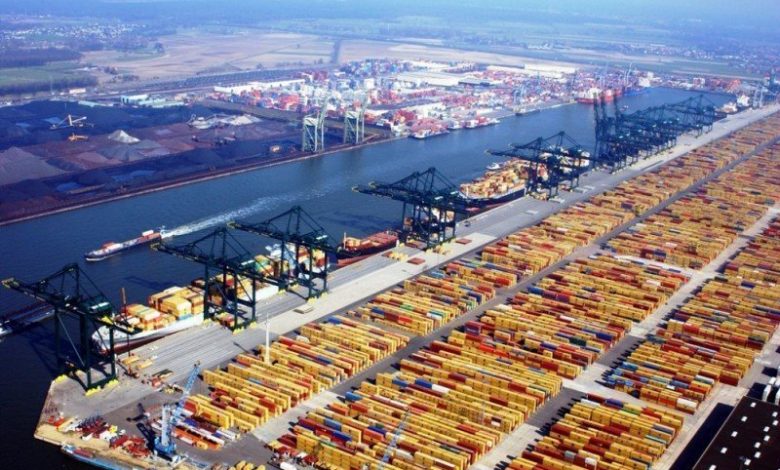OECD makes the case for greater port-based environmental incentives

The Organisation for Economic Co-operation and Development (OECD) has pitched the case for greater port-based incentives as a way for shipping to cut emissions.
The OECD has recently submitted a proposal to the IMO for its intersessional working group on greenhouse gas (GHG) emissions from shipping, suggesting port-based incentives can play a larger role, if existing schemes are upscaled, harmonised and become less voluntary and more mandatory in nature.
Although it might not fall under the direct IMO jurisdiction, member states could adopt bottom-up initiatives at national and regional level, OECD maintains, complementing a top-down approach to reducing shipping’s GHG emissions, as indicated in document MEPC 71/7.
These initiatives could involve all actors within the maritime logistics supply chain, including shippers, ports and energy providers.
OECD backs port-based incentives, national or regional carbon pricing and market-based mechanisms as the best way for shipping to reduce its carbon footprint.
Port-based incentives typically include port facilities such as shore power and LNG bunkering, environmentally differentiated port fees and green berthing policies.
The forthcoming ITF/OECD report ‘Addressing greenhouse gas emissions from shipping: lessons from port-based incentives’, which Splash gained exclusive access to, claims that, if widely applied, port incentives could affect a large number of ships, delivering large GHG emission reductions.
Widening the differences in port fees for ships based on their environmental performance – the gap between best and worse performers is now mostly between 5% to 20% of port fees – would further strengthen this impact, the report states.
Port-based incentives have so far been voluntary for both shipowners and ports, but could win in effectiveness if made mandatory, harmonised internationally, and linked with mechanisms enabling both shippers and ports to communicate on the extent to which they are using or servicing environmentally friendly ships, the report posits, adding that a first step towards a less voluntary nature could be agreeing global guidelines.
Various countries are already engaged in carbon pricing/market-based mechanisms for shipping. Examples include Norway with its NOx fund and Shanghai with its inclusion of domestic shipping and ports in their emission trading scheme.
The OECD believes a broader application of these schemes could provide incentives to lower emissions in a national or regional context, with revenues raised channelled into deployment of innovative solutions, without necessarily distorting global level playing fields; and could also generate important lessons relevant to the introduction of market-based mechanisms at the global level aimed at reducing GHG emissions from shipping.
In addition to port incentives and carbon pricing/market-based mechanisms, the OECD suggests smoother transitions within the maritime logistics supply chain could help to reduce emissions.
Examples of such transitions include ship waiting times and unproductive terminal moves, which OECD reckons could be considered the result of a lack of alignment between the main actors.
“This underlines the importance of cooperation between actors of the supply chain and a possible role for IMO to stimulate and facilitate such cooperation,” the report states.
Commenting on the suggestions made to IMO, Olaf Merk, a ports expert with the OECD, told Splash today: “Port-based incentives have huge potential but their current impact is likely to be fairly marginal. If shipping nations can agree on common measures, there is no reason why port nations could not get their heads around expanding and harmonising a system of effective port-based mechanisms.”
